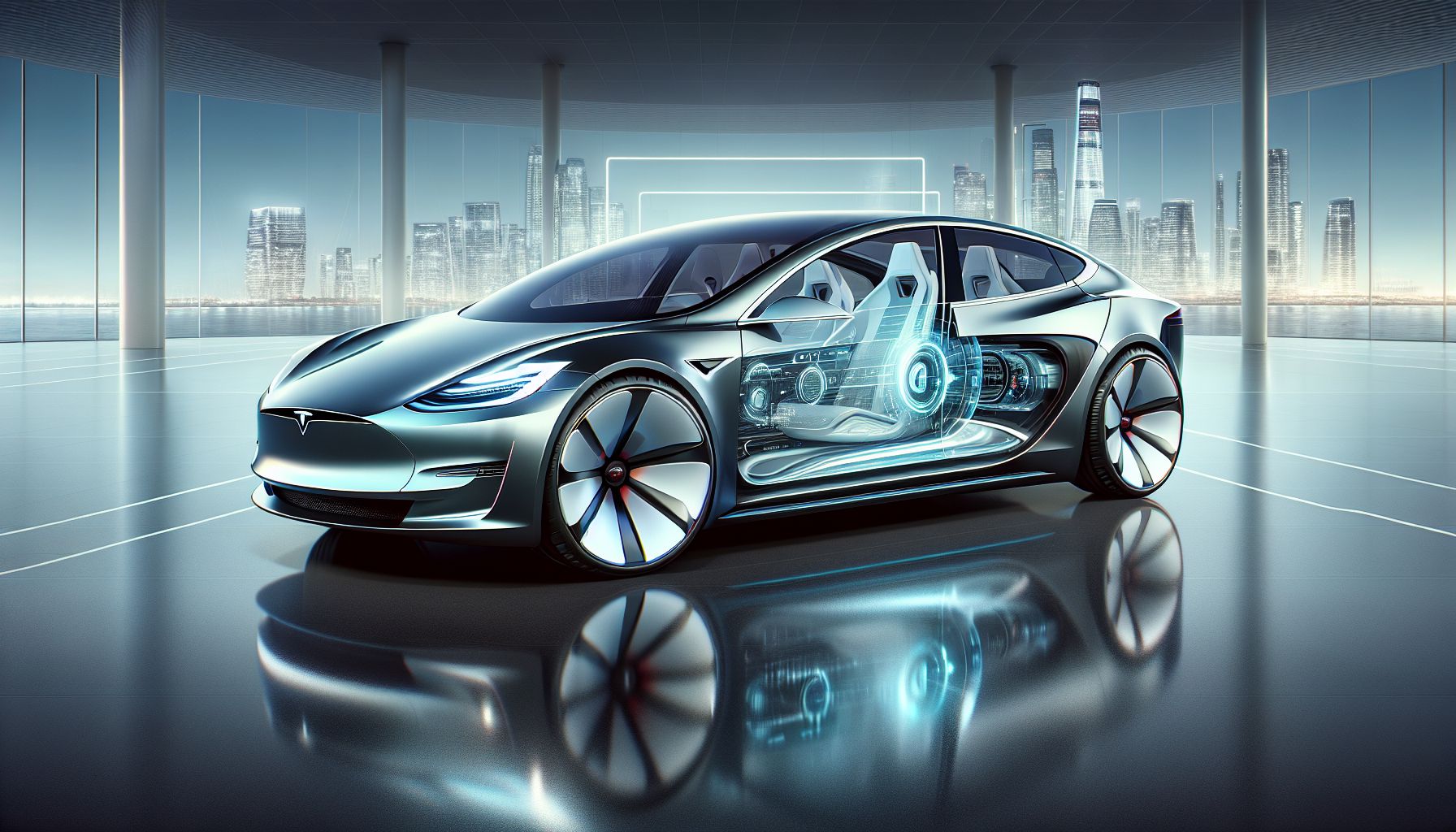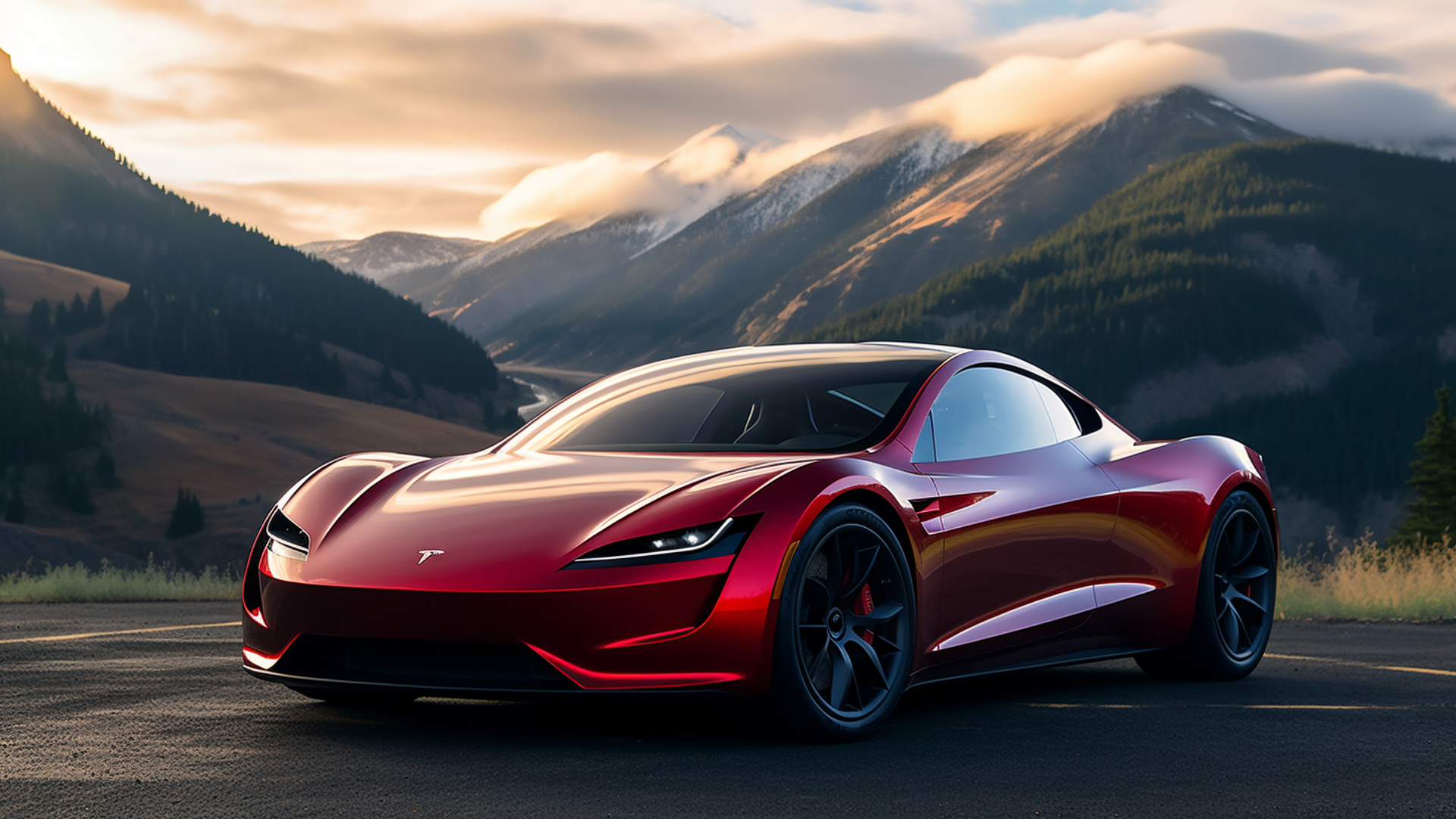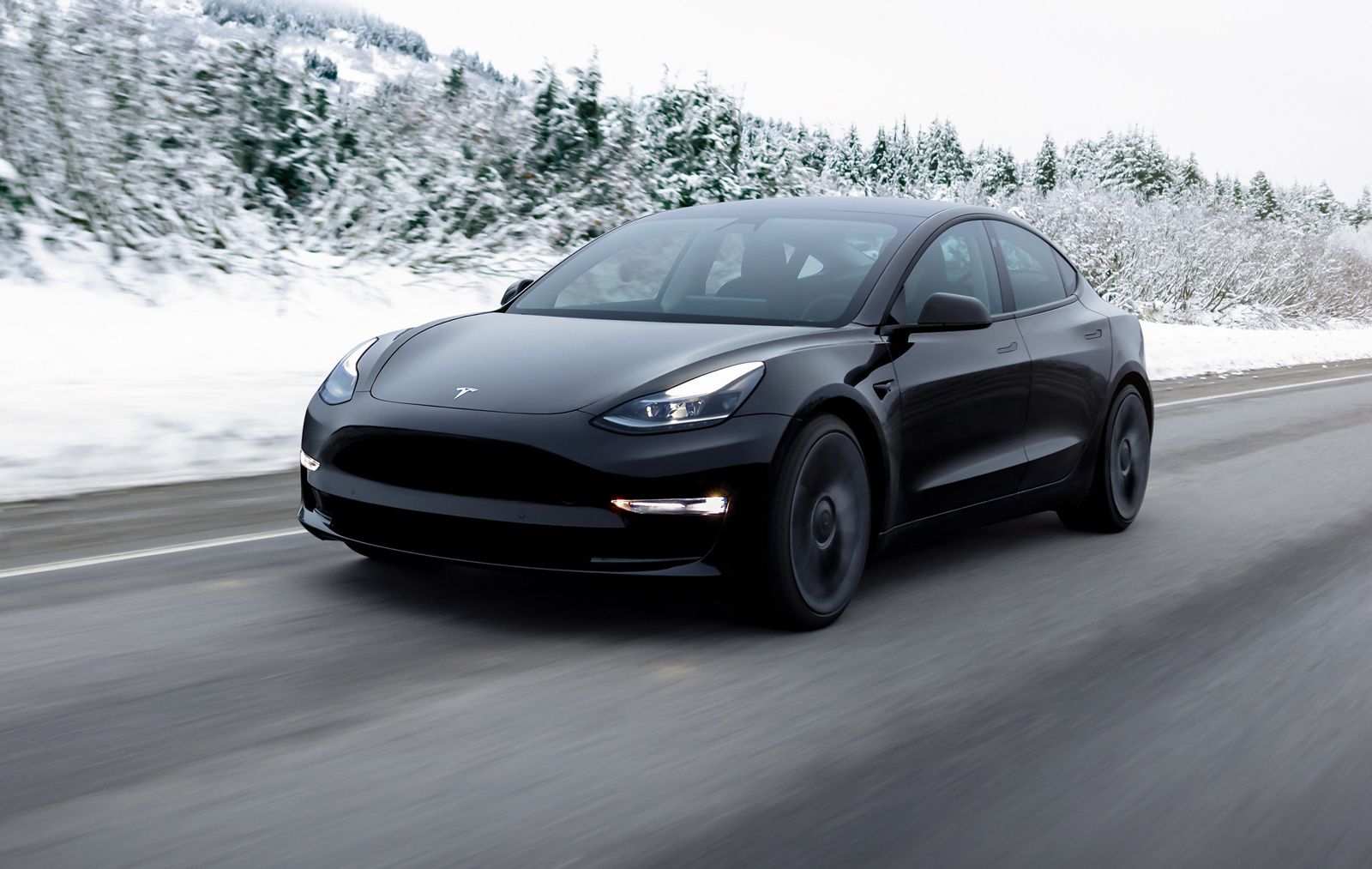Tesla Electric Vehicles: Revolutionizing the Future of Transportation
The automotive industry is undergoing a monumental shift, and at the heart of this transformation is Tesla, a company that has made an indelible mark on the world with its electric vehicles (EVs). Tesla’s innovation has pushed the boundaries of what’s possible in terms of sustainability, performance, and cutting-edge technology. As the world becomes more environmentally conscious, Tesla electric vehicles have become the beacon of progress, offering a glimpse into the future of transportation.
In this article, we will explore how Tesla electric vehicles are transforming the automotive landscape, the technology behind them, their environmental impact, and what the future holds for Tesla and the electric vehicle market.

The Rise of Tesla: Pioneering EV Technology
Founded in 2003, Tesla Inc. quickly became synonymous with electric cars and sustainable energy solutions. From its first production vehicle, the Tesla Roadster, to its current lineup of Model S, Model 3, Model X, and Model Y, Tesla has continuously pushed the boundaries of what an electric car can achieve.
Tesla’s founder, Elon Musk, envisioned a world where electric vehicles not only offered a cleaner alternative to gasoline-powered cars but also provided performance and luxury that rivaled traditional internal combustion engine (ICE) vehicles. Tesla’s electric cars boast impressive range, acceleration, and performance, which has helped the company gain a strong foothold in the competitive automotive industry.
Tesla’s Technological Innovations
Tesla is renowned for its commitment to innovation in the electric vehicle sector. From battery technology to autonomous driving, the company has introduced several groundbreaking advancements that have set it apart from other automakers.
1. Battery Technology and Range
At the heart of every Tesla EV is the battery, and Tesla’s battery technology is one of the key factors behind the company’s success. Tesla uses lithium-ion batteries, which are known for their long-lasting performance and high energy density. This allows Tesla vehicles to achieve impressive driving ranges on a single charge.
For example, the Tesla Model S Long Range offers an estimated range of over 370 miles on a full charge, making it one of the longest-range electric cars on the market. This kind of range helps eliminate the range anxiety that many potential EV owners face, making electric cars a more viable option for daily use and long trips.
Tesla’s Supercharger network also plays a pivotal role in this. The network allows Tesla owners to charge their vehicles quickly and efficiently, further enhancing the convenience of owning an electric vehicle.
2. Autopilot and Full Self-Driving (FSD)
Tesla has become a leader in autonomous driving technology with its Autopilot system, which offers semi-autonomous features such as lane-keeping assist, adaptive cruise control, and automatic emergency braking. Tesla’s Full Self-Driving (FSD) package takes this to the next level, offering features like automatic lane changes, summon, and navigate on autopilot, bringing us closer to a future where cars can drive themselves.
Tesla’s autonomous driving technology is continually updated through over-the-air software updates, ensuring that vehicles remain on the cutting edge of safety and functionality. While fully autonomous driving is still in development, Tesla is leading the charge in creating a more automated driving experience.
3. Over-the-Air Software Updates
One of Tesla’s most innovative features is its ability to perform over-the-air (OTA) software updates. This means that Tesla vehicles are constantly improving through software enhancements that can be installed remotely. Whether it’s improving vehicle performance, updating Autopilot features, or enhancing the infotainment system, Tesla’s OTA updates ensure that the car gets smarter over time, without the need for a trip to the service center.
)
The Environmental Impact of Tesla Electric Vehicles
One of the most significant benefits of Tesla electric vehicles is their environmental impact. Traditional gasoline and diesel-powered vehicles contribute significantly to air pollution and greenhouse gas emissions. In contrast, electric vehicles produce zero tailpipe emissions, making them a cleaner alternative to their fossil fuel-powered counterparts.
By switching to an electric vehicle, drivers can reduce their carbon footprint and contribute to efforts to mitigate climate change. Furthermore, Tesla is working to further minimize the environmental impact of its vehicles by using sustainable materials, such as recycled aluminum, in its manufacturing processes.
Tesla’s commitment to sustainability extends beyond vehicles. The company also produces solar panels and energy storage solutions, such as the Powerwall, which enable individuals and businesses to harness renewable energy and reduce their reliance on fossil fuels.
Tesla’s EV Models: A Breakdown of the Lineup
Tesla offers a range of electric vehicles, each designed to cater to different needs and preferences. Here’s a quick breakdown of Tesla’s current models:
1. Tesla Model S
The Model S is Tesla’s flagship luxury sedan, known for its high-performance capabilities and elegant design. It offers a long range, a spacious interior, and the ability to accelerate from 0 to 60 mph in as little as 2.3 seconds in the Plaid version. It’s perfect for those who want a luxurious driving experience without compromising on performance or sustainability.
2. Tesla Model 3
The Model 3 is Tesla’s more affordable sedan, offering many of the same features as the Model S but at a more accessible price point. The Model 3 is available in various configurations, including the Standard Range Plus, Long Range, and Performance variants. It’s one of the best-selling electric cars worldwide and has played a significant role in making electric vehicles more mainstream.
3. Tesla Model X
The Model X is Tesla’s all-electric SUV, offering seating for up to seven passengers. It’s equipped with Falcon Wing doors and boasts the same impressive performance as other Tesla vehicles. The Model X is perfect for families or those who need more space without compromising on Tesla’s hallmark features like range, safety, and technology.
4. Tesla Model Y
The Model Y is Tesla’s compact SUV, offering versatility and functionality. With a spacious interior and a variety of seating configurations, the Model Y is perfect for families and adventure seekers alike. It also shares many components with the Model 3, making it an excellent choice for those looking for an electric SUV with a lower price point.

Tesla’s Future: What’s Next for the Electric Vehicle Giant?
Looking ahead, Tesla shows no signs of slowing down. The company continues to innovate, with plans for new vehicles, such as the Cybertruck, a fully electric pickup truck, and the Tesla Semi, an all-electric commercial vehicle designed to revolutionize freight transportation.
Tesla is also working on improving its battery technology, with the development of the 4680 battery cell, which promises to deliver greater efficiency, higher energy density, and a reduced environmental footprint. This will help reduce the cost of producing electric vehicles and make them more affordable for the average consumer.
In addition, Tesla’s Supercharger network will continue to expand, making it easier for drivers to charge their vehicles quickly and conveniently.
FAQs About Tesla Electric Vehicles
1. How long does it take to charge a Tesla?
The time it takes to charge a Tesla depends on the charging method. Using a Supercharger, it can take about 30 minutes to add around 170 miles of range. At home, using a Level 2 charger, it takes about 8-10 hours to fully charge the vehicle.
2. What is the range of a Tesla on a single charge?
Tesla’s vehicles offer impressive range. For example, the Tesla Model S Long Range can travel over 370 miles on a full charge, while the Tesla Model 3 offers a range of up to 358 miles, depending on the configuration.
3. Are Tesla vehicles fully electric?
Yes, all Tesla vehicles are fully electric and produce zero tailpipe emissions. Tesla has made significant advancements in battery technology, making its vehicles some of the most efficient and long-range EVs on the market.
4. What makes Tesla different from other EV manufacturers?
Tesla stands out due to its cutting-edge technology, including Autopilot and Full Self-Driving (FSD) capabilities, as well as its over-the-air software updates. Tesla’s commitment to sustainability, long-range battery technology, and a robust Supercharger network also set it apart from competitors.
Conclusion: Tesla’s Role in Shaping the Future of Transportation
Tesla has firmly established itself as a leader in the electric vehicle industry, setting the standard for innovation, sustainability, and performance. As the world moves towards cleaner, more efficient transportation, Tesla electric vehicles will continue to play a pivotal role in shaping the future of mobility.
Whether you’re looking for a luxury sedan, a compact SUV, or a performance vehicle, Tesla offers a diverse range of electric vehicles that are built
to cater to every need. With its cutting-edge technology, impressive range, and commitment to sustainability, Tesla is well-positioned to remain at the forefront of the electric vehicle revolution for years to come.
For more information about Tesla electric vehicles, visit Tesla’s official website here.

